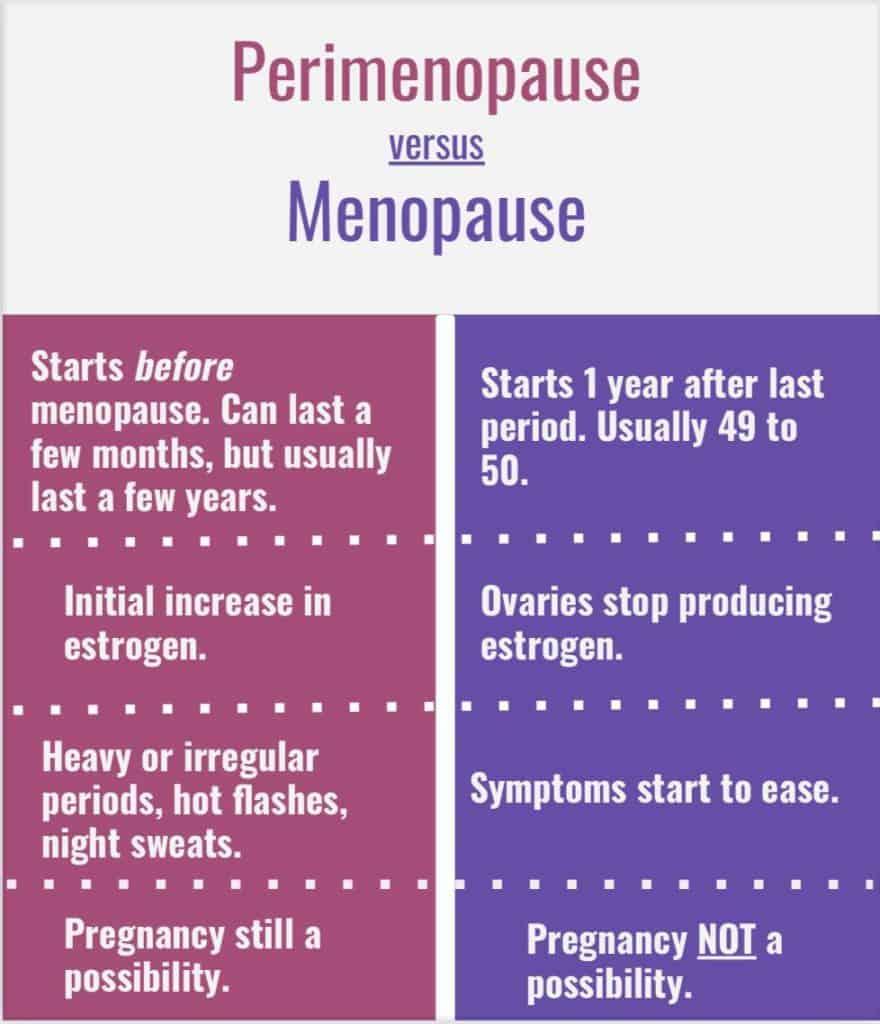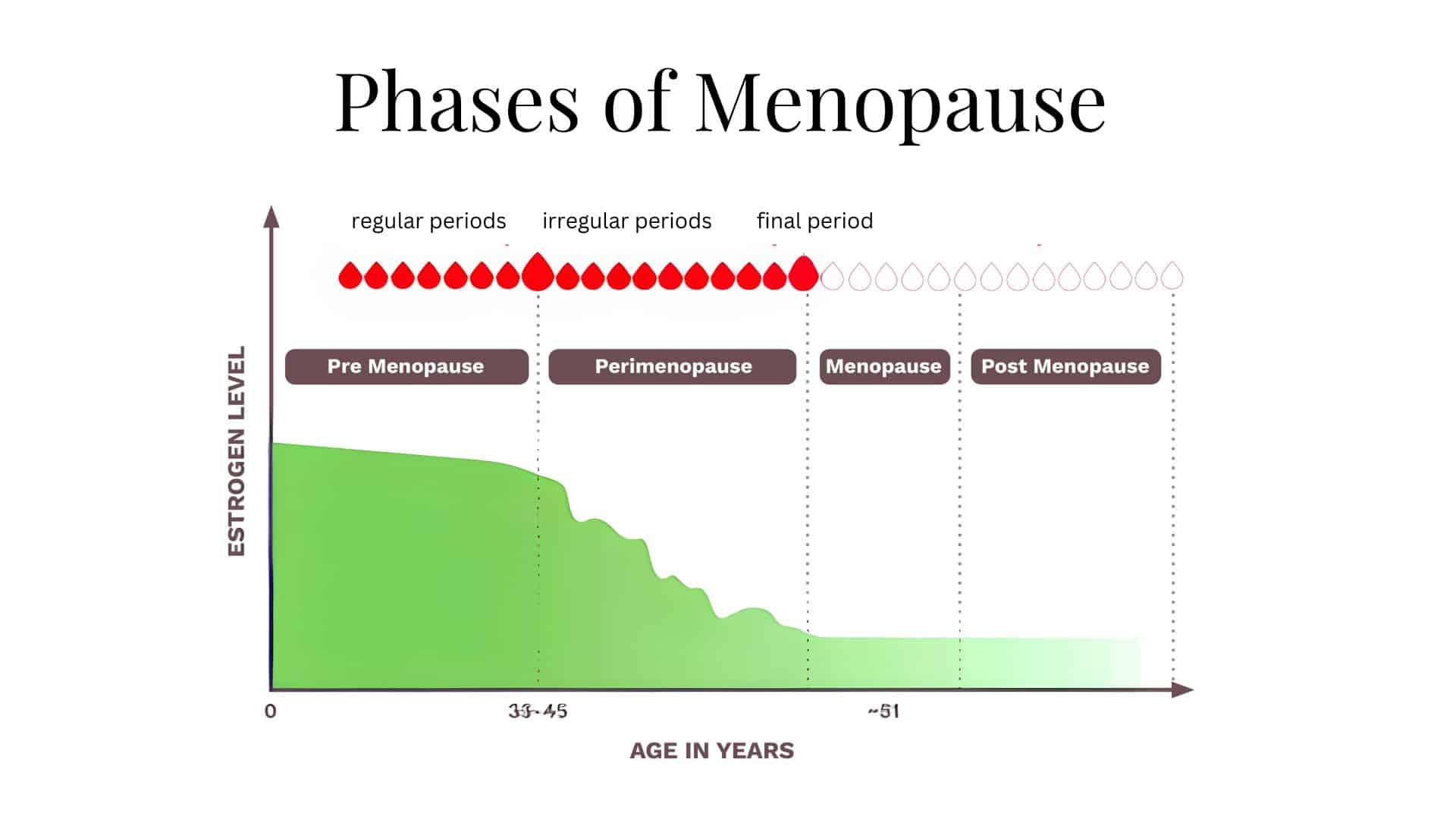As the sun begins its gentle descent, casting a warm, golden hue over the horizon, so too does a woman’s body embark on a natural journey of transition. This journey, known as perimenopause, is a gradual and complex process that unfolds over several years, signaling the onset of a new chapter in a woman’s life. Much like the changing seasons, perimenopause brings with it an array of experiences and symptoms that are as varied as they are transformative. Understanding these stages and the accompanying shifts within the body can empower women to navigate this phase with grace and confidence. In this exploration, we delve into the intricate tapestry of perimenopause, unraveling its stages and the myriad of symptoms that paint the landscape of this remarkable journey.
Navigating the Hormonal Shifts of Perimenopause
As women approach the milestone of menopause, they encounter a transitional phase known as perimenopause. This journey is marked by a tapestry of hormonal fluctuations that can vary widely from one person to another. Understanding these changes can be the key to navigating them with grace and resilience. During this phase, the body gradually produces less estrogen, leading to a variety of symptoms that may appear intermittently or persistently.
- Irregular periods: One of the hallmark signs, menstrual cycles may become unpredictable, with periods that are shorter, longer, heavier, or lighter than usual.
- Hot flashes and night sweats: These sudden waves of heat can disrupt daily life and sleep patterns.
- Mood swings: Emotional fluctuations can be as unpredictable as the physical symptoms, often leading to feelings of irritability or sadness.
- Sleep disturbances: Insomnia or disrupted sleep can be common, often exacerbated by night sweats.
- Changes in libido: Hormonal shifts can affect sexual desire, sometimes reducing interest in intimacy.
Recognizing these signs as part of the natural progression toward menopause can empower women to seek support and explore lifestyle adjustments or treatments that can ease their journey. Whether it’s through mindfulness, exercise, or medical interventions, understanding the body’s language during perimenopause is crucial for maintaining well-being.

Recognizing Early Symptoms and Managing Their Impact
During perimenopause, identifying the early signs can be a pivotal step in managing their effects on daily life. As hormonal fluctuations begin, women may experience a variety of symptoms that can subtly or significantly impact their well-being. Some of the common early indicators include:
- Irregular Periods: Changes in menstrual cycle frequency and flow are often among the first noticeable signs.
- Hot Flashes and Night Sweats: Sudden waves of heat and perspiration can disrupt comfort and sleep.
- Mood Swings: Fluctuating hormone levels can lead to emotional variability, sometimes manifesting as irritability or anxiety.
- Sleep Disturbances: Insomnia or disrupted sleep patterns may become more frequent.
Effectively managing these symptoms often involves a combination of lifestyle adjustments and professional guidance. Regular exercise, a balanced diet, and stress-reduction techniques like yoga or meditation can help mitigate the impact of perimenopause. Consulting with healthcare providers for personalized strategies, including potential hormonal therapies, ensures that women can navigate this transitional phase with greater ease and confidence.

Practical Strategies for Emotional and Physical Well-being
Navigating the intricate journey of perimenopause requires a blend of emotional resilience and physical mindfulness. As hormonal fluctuations commence, women may experience a myriad of changes that can impact their overall well-being. It is essential to recognize these stages and adapt strategies to manage them effectively.
- Prioritize Self-Care: Engage in activities that foster relaxation and mental clarity, such as yoga, meditation, or simply spending time in nature.
- Balanced Nutrition: Incorporate a diet rich in calcium and vitamin D to support bone health, and consider reducing caffeine and alcohol intake to alleviate symptoms like hot flashes and mood swings.
- Regular Exercise: Aim for at least 30 minutes of moderate exercise most days of the week to help maintain a healthy weight and improve mood.
- Sleep Hygiene: Establish a regular sleep schedule and create a calming bedtime routine to combat sleep disturbances often associated with this phase.
By embracing these practical strategies, women can enhance both their emotional and physical health, making the transition through perimenopause a more manageable and enriching experience.

Embracing Lifestyle Changes for a Smoother Transition
Adapting to the changes that accompany perimenopause can be challenging, yet embracing new lifestyle habits can ease the transition and enhance well-being. It’s crucial to listen to your body and identify what adjustments can help you feel your best. Here are some key areas to focus on:
- Nutrition: Opt for a balanced diet rich in calcium and vitamin D to support bone health. Incorporate more fruits, vegetables, whole grains, and lean proteins to maintain energy levels and manage weight effectively.
- Exercise: Regular physical activity can alleviate mood swings, improve sleep, and combat fatigue. Consider low-impact exercises such as yoga, swimming, or walking to boost both physical and mental health.
- Stress Management: Engage in mindfulness practices like meditation or deep-breathing exercises to manage stress and promote emotional well-being.
- Sleep Hygiene: Establish a calming bedtime routine and create a restful sleep environment to combat insomnia and night sweats.
By embracing these lifestyle changes, you can navigate the stages of perimenopause with greater ease and grace, fostering a smoother transition into this new phase of life.








